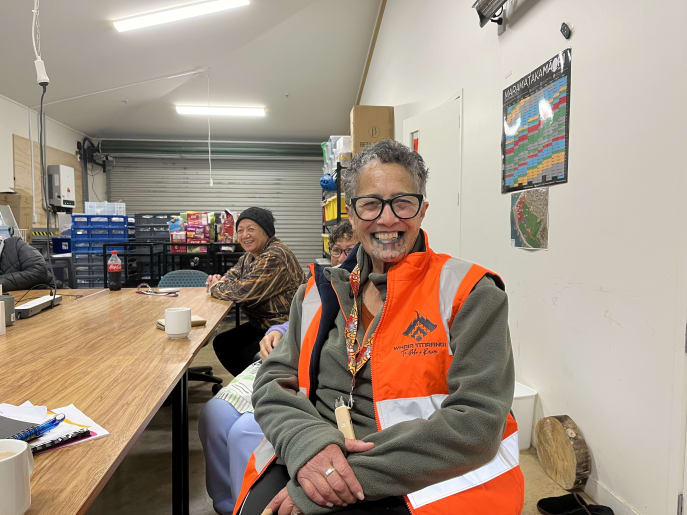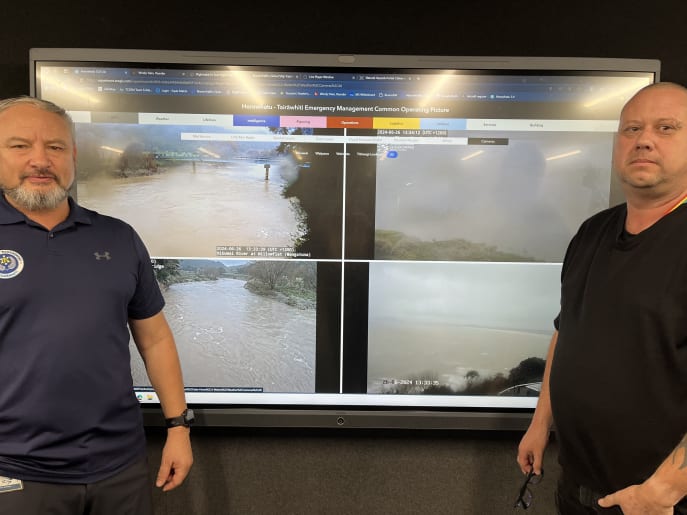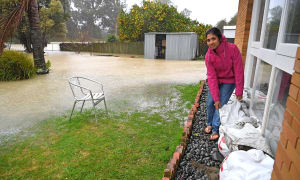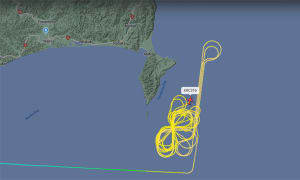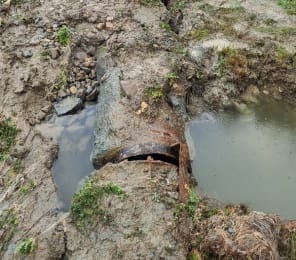Gisborne leaders say this week’s storm showed how prepared the region had become over the past year.
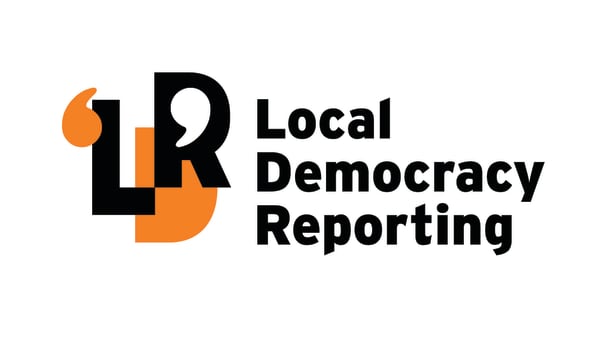
Two welfare centres were established during the orange-level weather event – one at Te Poho-o-Rawiri Marae where two people evacuated to and another at the House of Break Through Church (three evacuees).
“I’m very proud of how our community is taking self-responsibility,” Gisborne Mayor Rehette Stoltz said.
“They’re responsive to the messages that Civil Defence Tairāwhiti is putting out, and are also ready to evacuate themselves, even before anything is declared, if they feel unsafe.”
The country’s national emergency response came under fire after Cyclone Gabrielle. A report detailed “significant shortcomings” in the emergency management system and insufficient public warnings in some regions.
Tairāwhiti Civil Defence and Emergency Management (CDEM) group manager Ben Green said people were more proactive and had plans of where they would go if they needed to evacuate.
This week’s storm was the first severe weather in which the Tairāwhiti Civil Defence team operated out of the purpose-built Emergency Co-ordination Centre, which opened in September 2023.
The centre has a control screen which shows many different systems as well as open-source databases which can give live updates on river levels and rainfall measurements throughout the region.
Green said the system helped the team quickly analyse crucial information.
They were also able to watch the movement of woody debris in the rivers through live cameras, so they could protect crucial bridges from overflow, he said.
“We look after 42 communities - 52,000 people - and we triage on the basis of how we manage an event with those numbers.”
CDEM group alternative controller Phill Nickerson said they had experienced several severe weather events over the past few years.
“It’s all of those [events] that have led to where we are now – having this purpose-built facility and being able to operate here.”
The team followed a flood management plan, which had trigger points along the catchment, so when the river levels rose and hit certain levels, there were procedures to follow on when to evacuate an area.
“We follow areas of concern so when the river levels are rising, we can track those areas that need some forward planning like the low-lying areas close to the rivers,” he said.
What worked this time around was early engagement from people.
“We got the emergency services on board and started the preparation work.
“We can forecast what’s going to happen. And having good communication with our local community links and iwi partners to call in and say ‘this is what we’re seeing and could potentially happen’, and keeping that information up to date, worked really well,” Nickerson said.
Te Poho-o-Rāwiri Marae chairwoman Charlotte Gibson said their two evacuees were from Marian Drive and arrived around 4am.
She believed people were better prepared for the event since cyclones Gabrielle and Hale.
People evacuated to safe homes, especially in the areas hit hard during last year’s cyclones, she said.
“So hats off to everyone for their preparedness.”
House of Break Through church food bank co-ordinator Karen Knubley said they had breakfast for their three evacuees, who arrived from Lavenham Rd in Patutahi.
The evacuees had been asked to self-evacuate by police, she said.
“Often when people come to us for emergency events like these, they come for a pause . . . they might not have had confirmation from family members yet on whether they can stay.”
At around 3.30am, Te Kupenga Net Trust staff arrived to help with mental health and wellbeing support, she said.
Knubley said she was a big fan of Tairāwhiti Civil Defence whose control centre is next door.
“Civil Defence has a great system of bringing the community together.”

